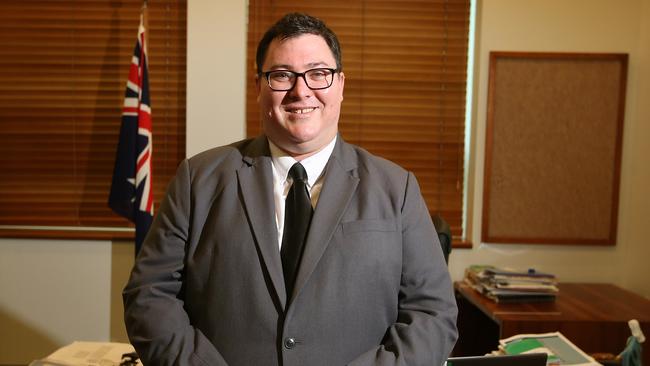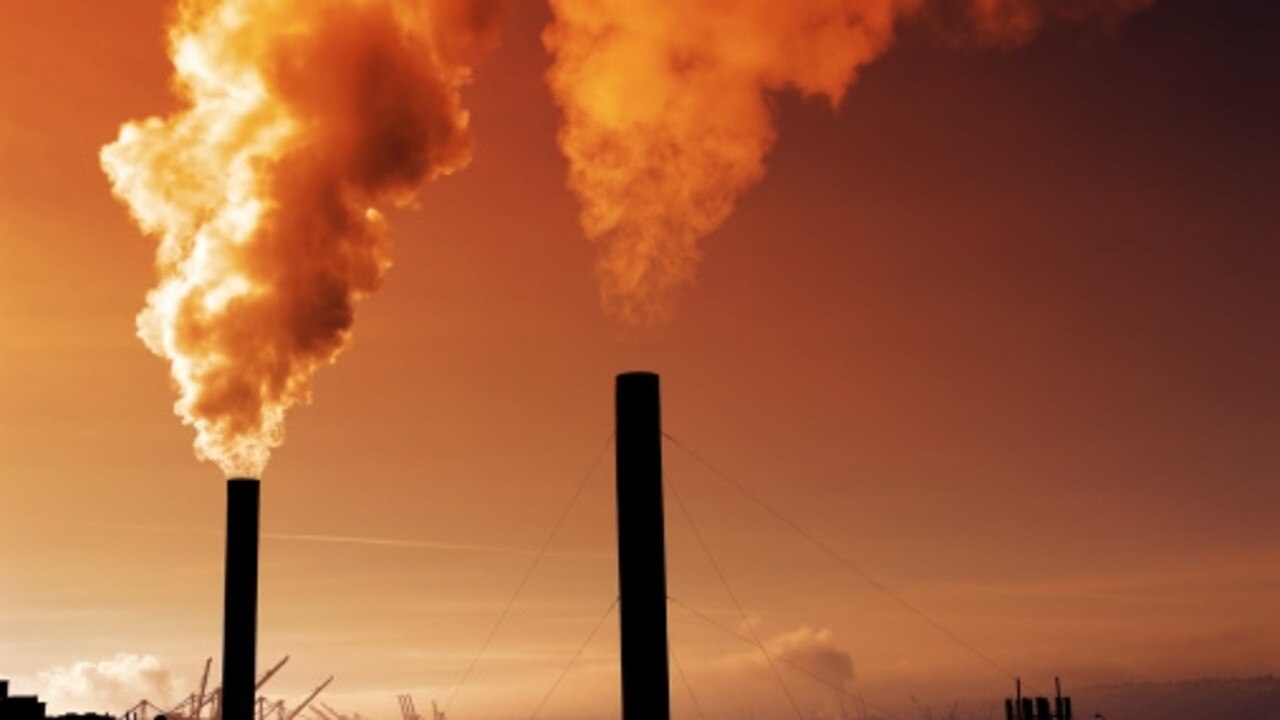Coalition MPs edgy over ‘cap’ on carbon
The new energy policy is fuelling anxiety among government MPs, who are likening it to a ‘cap and trade’ carbon scheme.

Malcolm Turnbull’s new energy policy is fuelling anxiety among government MPs, who are likening it to a “cap and trade” carbon scheme and demanding that emissions reductions be delayed as long as possible to minimise costs.
The Prime Minister yesterday rejected Labor claims that his National Energy Guarantee resurrected a carbon tax by stealth, through the establishment of a set level of emissions that retailers would be required to meet each year.
One of the regulators who proposed the scheme, Australian Energy Market Commission chairman John Pierce, said it would be “very hard” to argue there was a carbon price in the policy. “There isn’t one,” he said.
Labor used question time to needle the government over the policy, arguing that the overhaul would force energy retailers to begin trading in “carbon abatement obligations” — effectively establishing an implicit carbon price. Concerned Coalition MPs questioned whether the scheme was too similar to a “cap and trade” or “cap and contract” system because retailers would be required to enter new power-purchasing contracts to shake up their energy mix if they exceeded the emissions cap.
Liberal National Party backbencher George Christensen, who is calling on the government to “kick start” a new coal-fired power station in Queensland, told The Australian he believed it was similar to a cap-and-trade scheme. “And if anyone thinks that anyone’s being fooled simply because it’s not called a cap-and-trade scheme or not called a clean energy target or an emissions trading scheme or something like that, they are kidding themselves,” Mr Christensen said.
The proposed National Energy Guarantee puts an obligation on electricity retailers to buy power at a set level of emissions intensity each year, to meet a 2030 reduction target — set by government — for the power generation sector. It also forces retailers to meet a percentage of demand from reliable power generation.
Craig Kelly, chairman of the Coalition’s backbench energy committee, said the policy was effectively a cap-and-contract scheme, and his support was conditional on the cost of the emission cuts being largely deferred until closer to 2030.
“It’s essential the trajectory of the reduction in the emission intensity of the electricity sector is done in a hockey-stick shape, where the majority of the heavy lifting or major reductions are backloaded towards the end of the next decade,” Mr Kelly said. “That way it will ensure that it is done at least cost and potentially no additional cost subject to the technological improvements in low carbon-emission technology.”
Mr Turnbull said yesterday the Energy Security Board would be able to advise on the “least-cost path” or trajectory for achieving the emissions reductions to 2030.
“There’s plainly the opportunity to back-end more of that as costs come down,” he said. “Retailers have many options — they can invest in generation themselves or enter into contracts with other companies. They’ll manage this as part of the electricity generation they already buy and sell. They will not be creating a certificate or another trading system.”
Mr Turnbull used question time to argue that retailers would continue to trade in electricity to meet their new obligations under the revamped policy, saying Labor failed to “understand the way the energy market works”. “It is not trading of permits; there are no certificates,” he said. “It is trading of physical energy which ... happens all the time.”
Mr Pierce said the policy should not be considered a carbon price. “What we’re pricing is reliability and what we’re pricing is the ability to dispatch,” he told the National Press Club. “You can’t really separate it out and say ‘this is a carbon price’ — we’re not pricing carbon.”
Business Council of Australia chief executive Jennifer Westacott argued that it was wrong to compare the NEG to an ETS, saying the new policy “used the same architecture” and market mechanisms already in place.
“There’s no new mechanism, there are no new certificates. It’s not the same thing,” Ms Westacott said.
Grattan Institute energy program director Tony Wood said “of course there is no explicit carbon price” in the new scheme. “My expectation is that derivative markets will inevitably emerge over time leading to implicit carbon pricing,” he said.
Labor’s assistant energy spokesman Pat Conroy said he believed the government’s policy was an emissions intensity scheme that assigned an “economic value” to emissions reductions, which he argued was a “price on carbon”.


